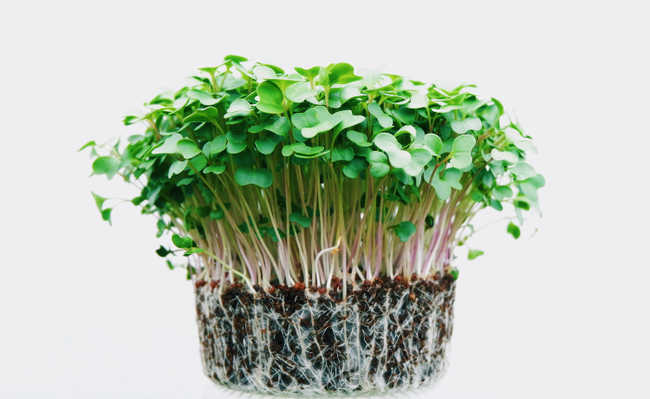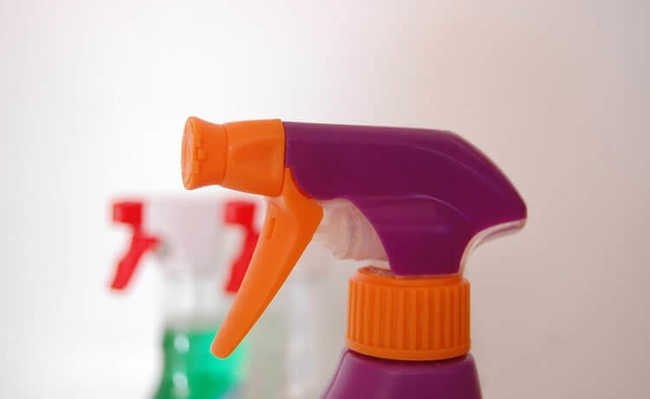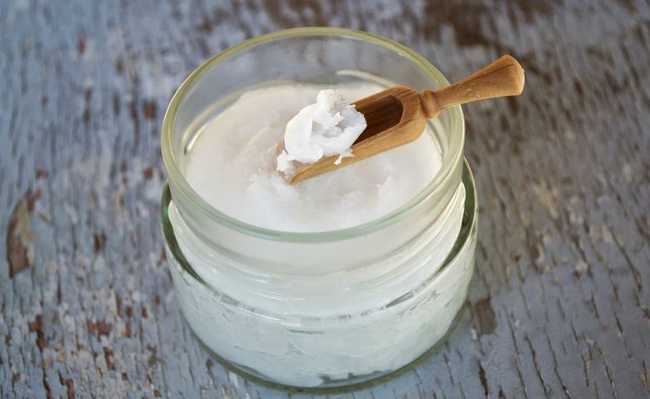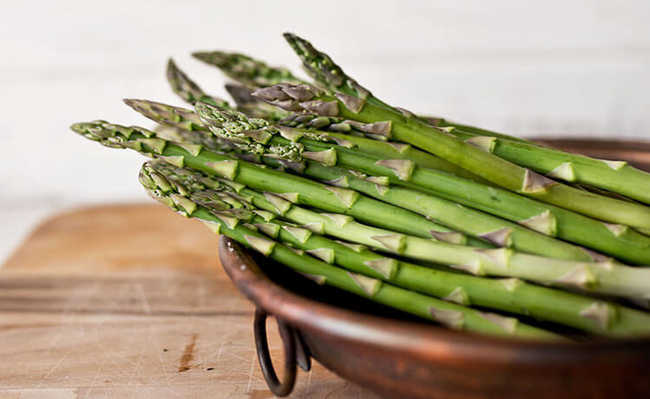What is hydrogen peroxide for?
Hydrogen peroxide cannot be used on the skin, but there are 18 other uses with science-proven safety

Hydrogen peroxide is the trade name for the liquid hydrogen peroxide solution, under the chemical formula H2O2, dissolved in water. It is widely known as an antiseptic. But it is not recommended for use on wounds or skin care, as it can lead to dangerous complications and delay wound healing time. However, there are other healthy uses recognized by science. Understand:
What is hydrogen peroxide for
Hydrogen peroxide differs from water only by the addition of an extra oxygen molecule. But that extra molecule turns it into a powerful oxidant. It's the reason hydrogen peroxide is a versatile cleanser, and also the reason you need to use it with caution on people and pets.
It decomposes quickly and easily when it comes into contact with air or water, so it is considered safer for the environment than chlorinated chemicals.
According to Centers for Disease Control (CDC), hydrogen peroxide kills yeasts, fungi, bacteria, viruses and fungal spores. But there are specific concentrations needed to use it safely. In addition to given time.
in your kitchen
clean your dishwasher
To eliminate mold and mildew in the dishwasher, spray the inside of the dishwasher, where moisture can stay longer after a wash cycle has been completed - including the side sealing rubbers and slits in the dishwasher holder .
A study of residential dishwashers found that 83% of them had fungus and 47% had yeasts. E. dermatitis, which can be harmful to humans. The latter was mainly detected in the part of the rubber seals.
If you want to give your machine a spa day, use a mixture of hydrogen peroxide, baking soda and essential oils.
- What are essential oils?
Disinfect your cutting board
According to the Ohio State University Extension, cleaning cutting boards with undiluted hydrogen peroxide in contact with the surface for ten minutes at room temperature, is effective in killing the E. coli bacteria and salmonella on hard surfaces such as planks and cutters.
scrub your sink
Many blogs of homemade home cleaning tips recommend this trick for cleaning the kitchen sink: Moisten the surface of the sink and scrub it with baking soda sprinkled onto a sponge. When scrubbing the entire surface, pour 3% grade hydrogen peroxide over the surface and leave for ten minutes before rinsing.
- What is sodium bicarbonate for
Wash vegetables - and extend their shelf life
Gardeners recommend using 1/4 cup of 3% volume hydrogen peroxide to help remove bacteria from vegetables. If you are washing delicate vegetables like lettuce, soak for 20 minutes and then rinse.
Carrots, potatoes and other vegetables can be left for 30 minutes before rinsing and drying. Because bacteria can turn vegetables and fruits brown, hydrogen peroxide is thought to keep them fresh longer in the refrigerator.
- How to wash vegetables, fruits and vegetables
clean the pans
If your roasting pans, pots and pans have a brown layer of dirt, spray baking soda and hydrogen peroxide by 3% volume. Soak for between one and three hours before rinsing.
Get rid of the germs from the garbage can
After washing the trash can with soap and water, spray the entire container with a 1:1 solution of hydrogen peroxide and water. Allow the trash to dry in the sun for several hours.
in your bathroom
Shine mirrors and glass surfaces
Spray a 1:1 solution of hydrogen peroxide and water on the glass surfaces, then wipe with paper towels or a lint-free cloth.
- Junibee: company manufactures vegan packaging to replace plastic
Do a heavy cleaning in the bathroom
According to Centers for Disease Control and Prevention, hydrogen peroxide serves to get rid of bacteria, yeasts, fungi, viruses and spores, making it a good option for cleaning your bathroom.
To do this, put 1/2 cup of 3% hydrogen peroxide in the toilet and leave for 20 minutes to get all the benefits.
kill the mold
Mold can quickly build up in damp environments such as the bathroom. To kill it without having to breathe in the toxic "vapour" from the bleach, spray undiluted 3% hydrogen peroxide and leave it for 30 minutes. Then rinse. The hydrogen peroxide will kill the mold, but you'll still need to remove the stains with a cloth.
- What is mold and why is it dangerous?
white old porcelain
Use a vegetable sponge soaked in 3% hydrogen peroxide and baking soda to scrub yellowish porcelain objects. You will be amazed at the result.
- Vegetable loofah: how to use it and its many benefits
clean the bathtub
For weekly cleaning of a fiberglass shower or bathtub, make a paste of 1 cup baking soda, 1/4 cup white vinegar, and a tablespoon or two of hydrogen peroxide. When the bubbles subside, rub the surfaces with the mixture.
in the laundry
Remove stains
Use hydrogen peroxide as an effective way to remove blood stains and from drinks such as fruit juice and wine. Try rubbing the back of the fabric to start.
Make your own bleach by combining 1/2 cup baking soda and 1/2 cup hydrogen peroxide. Start the cycle, let the washing machine fill and apply the mixture to clothes for a few hours before finishing the cycle to lighten and sanitize.
In the garden
sprout healthy seeds
Numerous studies have shown that immersing seeds in hydrogen peroxide at a volume between 1 and 3% can soften the seed coat and initiate germination. If you want to increase the chances of getting a good yield from the plant, soak the seeds in hydrogen peroxide for 20 minutes before planting. But that's not true if you're consuming the young shoots. For this second option there is the easy shoot. Understand what is in the matter: "Kit Broto Fácil allows you to germinate seeds at home with practicality".
Treat plants with fungal infections
If the vegetables in your garden have been affected by fungus, mix four teaspoons of hydrogen peroxide in a liter of water and spray the plant. Stronger concentrations can burn delicate leaves; therefore, avoid.
Do not use on your pet
Most veterinarians no longer advise using hydrogen peroxide to clean your pet's wounds, regardless of the size of the wound.
clean the sandbox
To eliminate odors and disinfect your cat's litter box, empty it, wash the container with soap and hot water, then gently spray it with hydrogen peroxide . Let it sit for 15 minutes before rinsing and drying.
For your health
THE Food and Drug Administration (FDA) classifies hydrogen peroxide safe for humans at low doses. But the organization warns that the application of hydrogen peroxide to the skin can cause irritation, burning and blistering.
In contact with the eyes, it can burn the cornea. Breathing in hydrogen peroxide at higher concentrations can also cause airway irritation, chest tightness, hoarseness, or shortness of breath. And swallowing hydrogen peroxide, especially at higher concentrations, can cause vomiting, inflammation, or organ damage.
science says no
Take it out of your first aid kit
Hydrogen peroxide has been used as an antiseptic on bruises and superficial injuries. But nowadays it is not recommended for this purpose. Some studies have shown that hydrogen peroxide can be harmful to fibroblasts, cells that the body needs to promote wound healing.
Do not use to discolor hair
Dermatologists can use hydrogen peroxide to treat some skin conditions, but it is not considered a safe way to alleviate hyperpigmentation in home use. The risks outweigh any potential benefits.
Do not use it to treat acne
Yes, it bubbles and kills bacteria, including bacteria that can cause acne. But one study has shown that hydrogen peroxide can also lead to scarring, so using it directly on acne is not a good idea.
- 18 Home Remedy Options for Pimple
It's generally not a good idea to use hydrogen peroxide on your skin, from lightening your nails to smoothing calluses on your heels.
science says yes
Use to sanitize your toothbrush
THE American Dental Association says that toothbrushes can be exposed to faecal coliforms and other bacteria in the bathroom. Small amounts of these bacteria usually don't cause health problems, but if you want to be on the safe side, dip your toothbrush in hydrogen peroxide.
One study found hydrogen peroxide reduced bacterial counts by 85%.
Use to sterilize makeup brushes
After washing excess makeup off the brushes with a mild shampoo, soak the bristles for 10 minutes in a bowl of water with a teaspoon of 3% hydrogen peroxide. You can also use it to clean your eyelash curler pads. But rinse off any residue well to protect your eyes.
Consider letting a professional lighten your hair
Hydrogen peroxide is generally considered safe in commercial hair dyes, although research has shown that severe chemical burns can occur, even in a professional salon.
Adapted from Rebecca Joy Stanborough - Healthline










